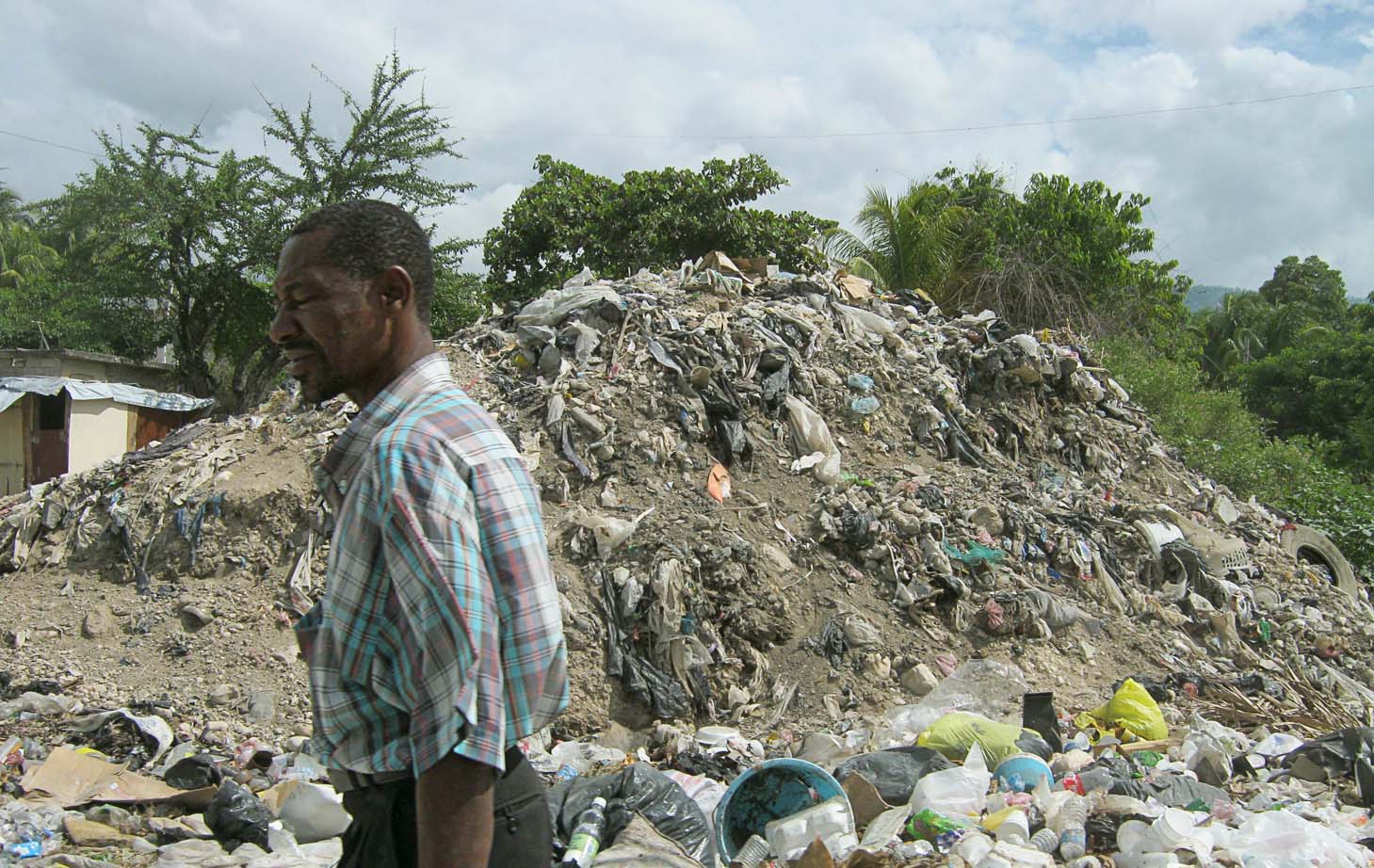The amount of debrisgenerated by some large-scale disasters is equivalent in volume to years ofnormal solid waste production in the affected areas. The U.N. estimates thatthe recent Haitian earthquake produced, at a minimum, 63 million cubic metersof debris, more than even Hurricane Katrina produced. The task of removing thisdebris could ”require a fleet of approximately 1,000 trucks working 24 hours aday for two years” and cost upwards of a billion dollars. Adding to thechallenge, debris operations occur in three phases: clearance, collection and disposal.
- Debris clearance refers to operations performed during or right aftera hazardous event with the goal of clearing the debris from major arteries togive access to critical facilities and to aid in emergency relief operations.
- Debris collection refers to transportation of the debris from thedisaster area to collection sites. This phase must be done in a timely fashionas long-term standing debris can cause serious risks to the affected area,including threat of disease or chemicals spilling into the environment.
- Debris disposal refers to transportation of the debris to the finaldisposal sites and the choice of the disposal method (e.g., landfill, reduce,recycle or reuse) for a given debris type at a given location.
Thus, there is a tremendousneed for decision support tools that can aid in evaluating the long- and short-termcosts and impacts of the interrelated decisions necessary for managing debrisoperations.
Ozlem Ergun and Pinar Keskinocak are workingon developing mathematical models and analysis for aiding decision support inall three phases of the debris operations. In this context, they havecollaborated with FEMA, the Army Corps of Engineers and local EMAs. Furthermore, ateam from Georgia Tech went to Haiti for data collection and situationalassessment last year. Click here to view a multi-media presentation of their trip. They have been active in disseminating their findings to impactpolicy decisions in the Haitian recovery.
